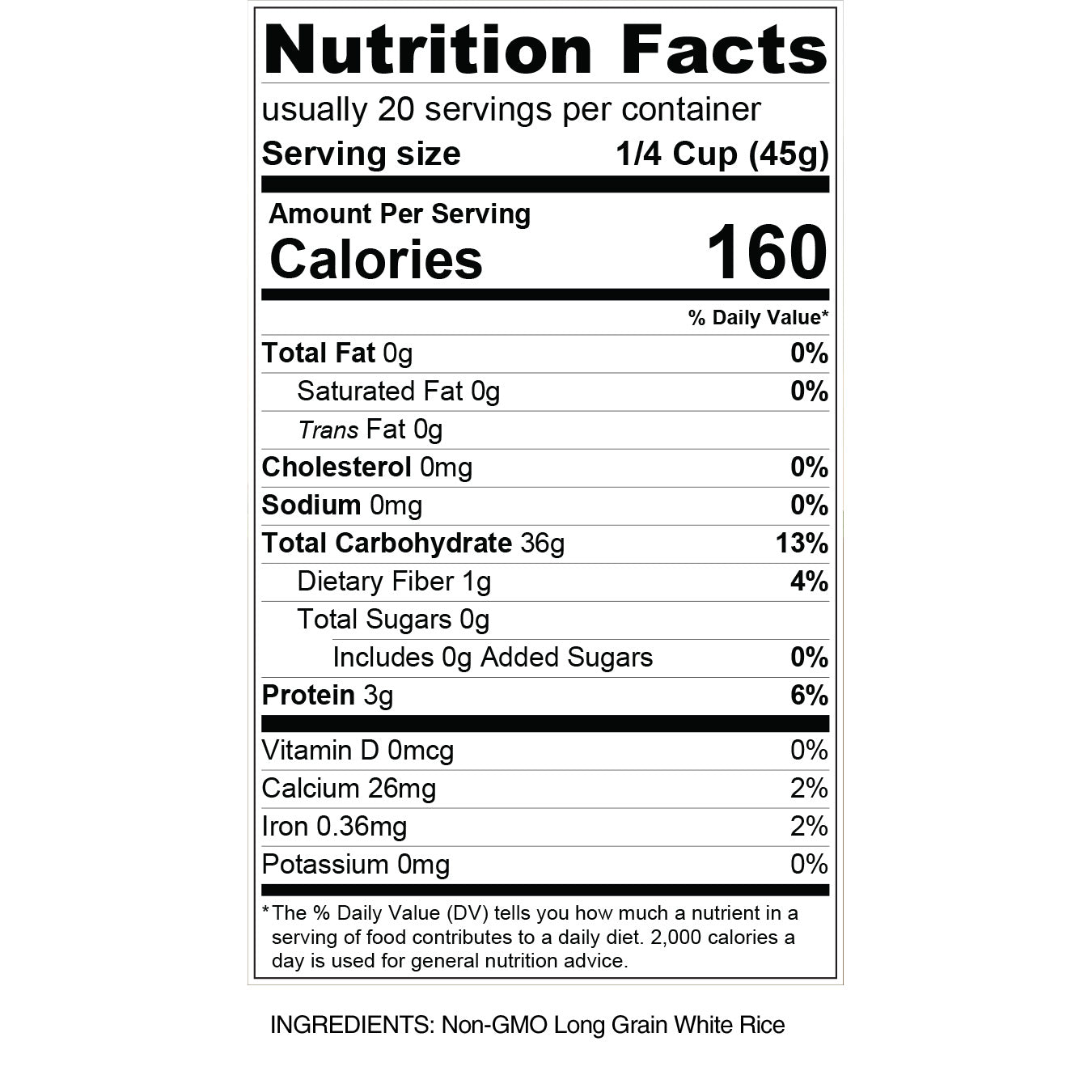How Much is 1 Liter in Ounces?
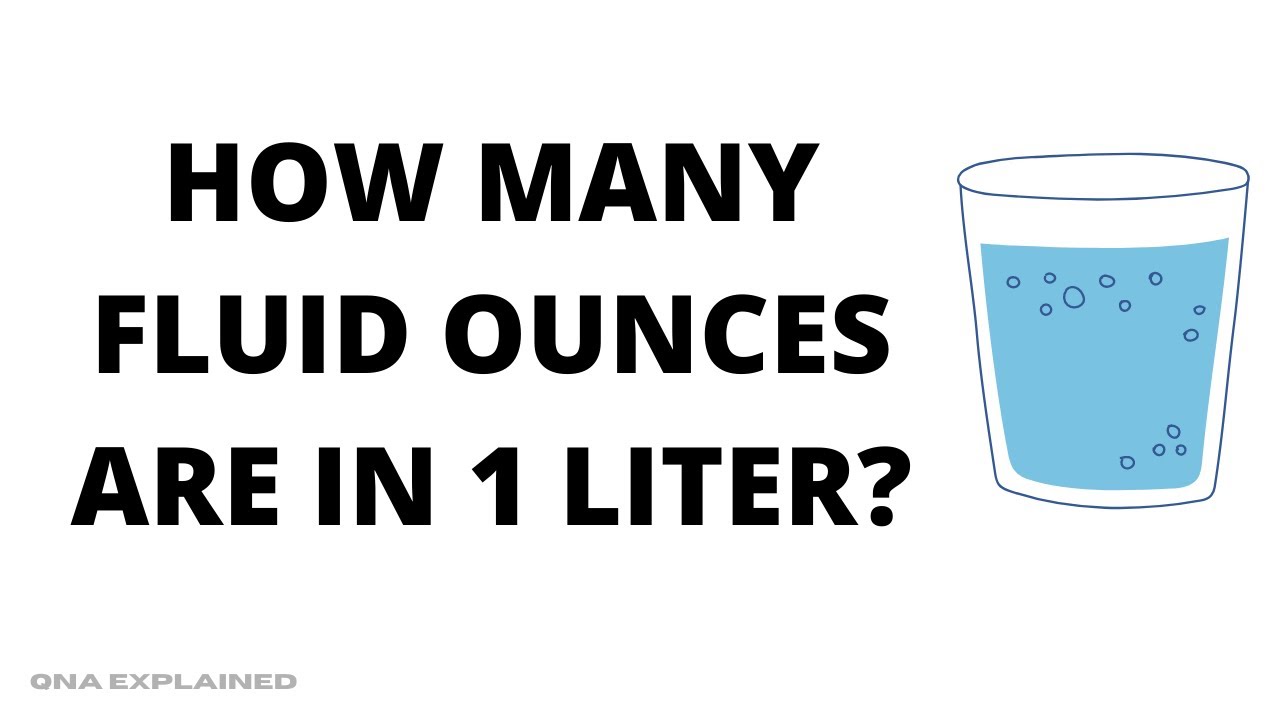
In the realm of international measurements, the conversion between liters and ounces is a fundamental yet often confusing topic. Understanding the relationship between these two units of volume is crucial, especially when dealing with recipes, scientific experiments, or even everyday purchases of beverages and liquids. This article aims to demystify the conversion, providing a comprehensive guide to help readers grasp the concept and perform accurate conversions when needed.
The Litre-Ounce Conversion Conundrum
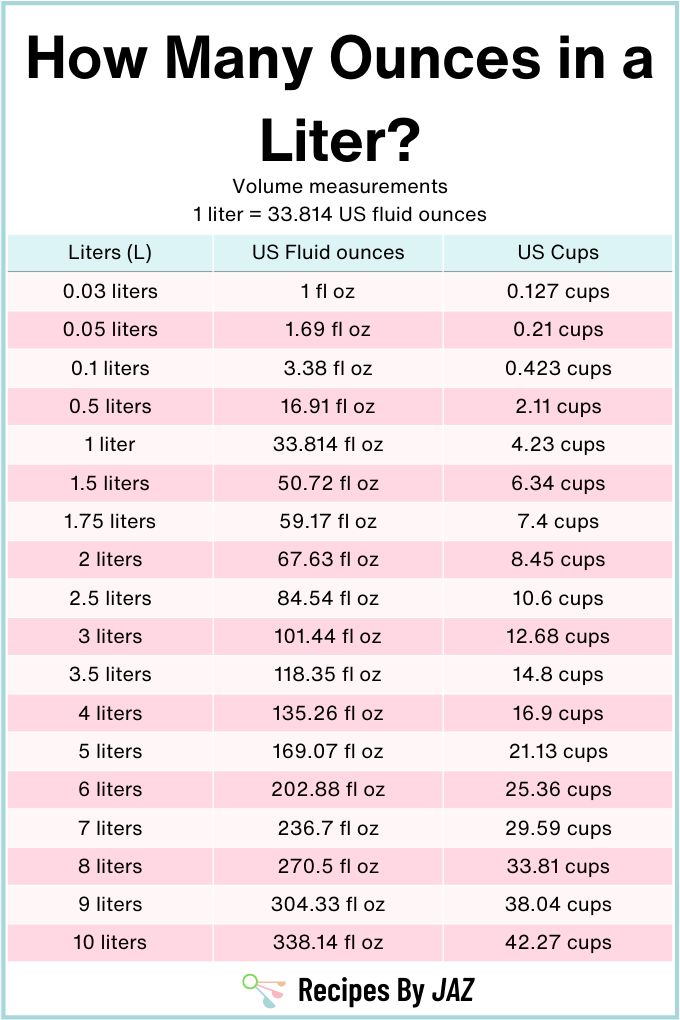
The metric system, widely adopted globally, uses the litre (L) as a standard unit of volume. On the other hand, the imperial and US customary systems employ the ounce (oz) for volume measurements. The challenge arises when we need to convert between these two units, as they are not directly equivalent.
One liter is a fixed quantity, defined as 1000 cubic centimeters (cm³) or 1000 milliliters (mL), making it a fundamental unit in the metric system. An ounce, however, has two distinct definitions depending on the measurement system. In the imperial system, one fluid ounce is approximately 28.41 milliliters, while in the US customary system, it is slightly different, measuring 29.57 milliliters. This variation adds complexity to the conversion process.
The Exact Conversion: Litres to Ounces
To convert liters to ounces, we need to use the appropriate conversion factor based on the measurement system. The conversion factors are as follows:
| Measurement System | Conversion Factor (Liters to Ounces) |
|---|---|
| Imperial | 1 L ≈ 35.1951 oz |
| US Customary | 1 L ≈ 33.8140 oz |
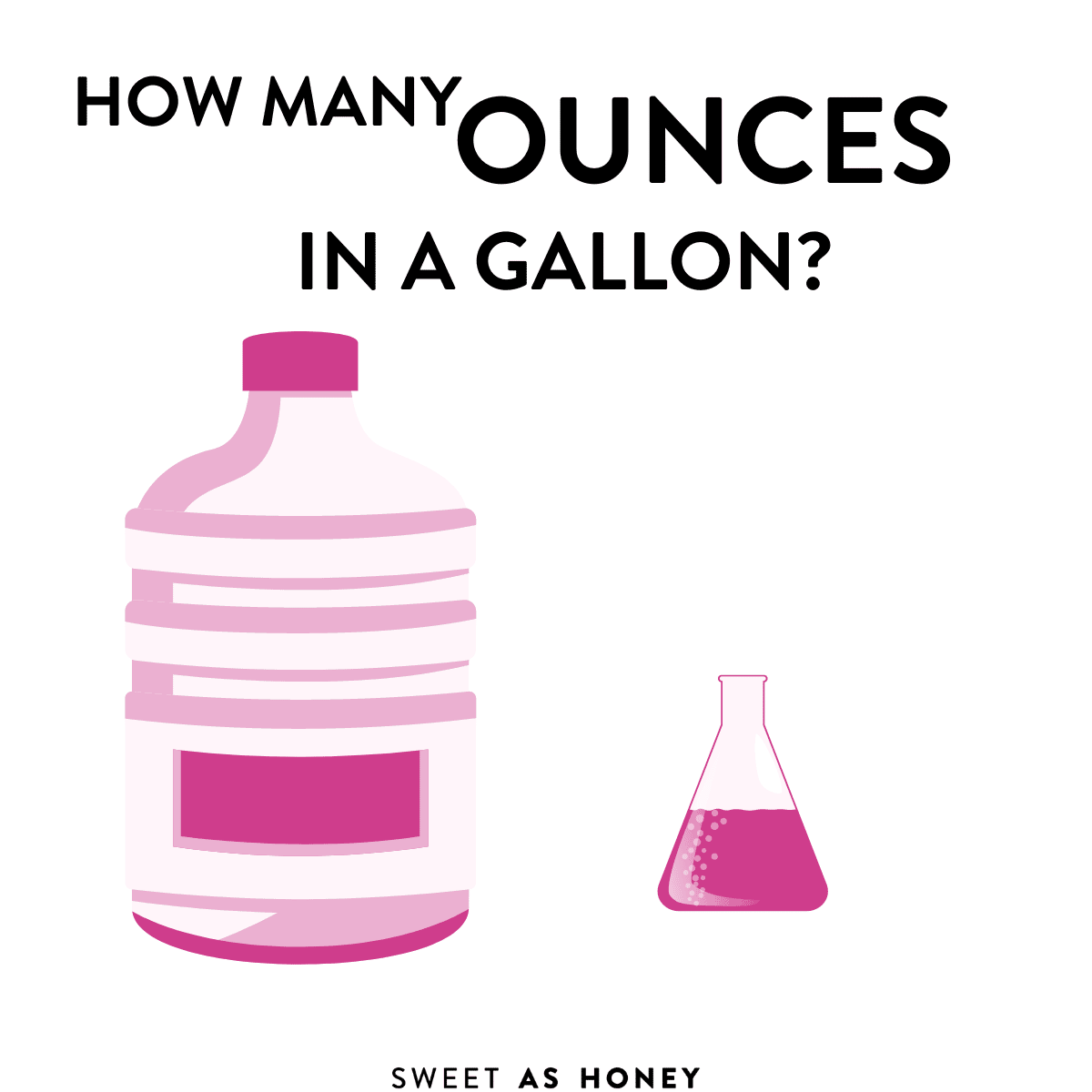
So, if we want to know how much 1 liter is in ounces, we can use these conversion factors. For instance, 1 liter is approximately 35.2 ounces in the imperial system and approximately 33.8 ounces in the US customary system.
Conversion Examples and Real-World Applications
Let’s look at some practical examples to understand the conversion better. Imagine you’re at a grocery store and see a bottle of imported juice labeled as 1 liter. If you’re familiar with ounces, you can quickly estimate its volume in ounces using the conversion factors. In this case, the juice bottle contains about 35.2 ounces (imperial) or 33.8 ounces (US customary) of juice.
Another example could be in a chemistry lab where you need to prepare a solution with a specific volume. If the recipe calls for 1 liter of a solvent, you can accurately measure out the required amount using the conversion factor. This precision is crucial in scientific experiments to ensure the integrity of the results.
The Importance of Understanding Volume Conversions
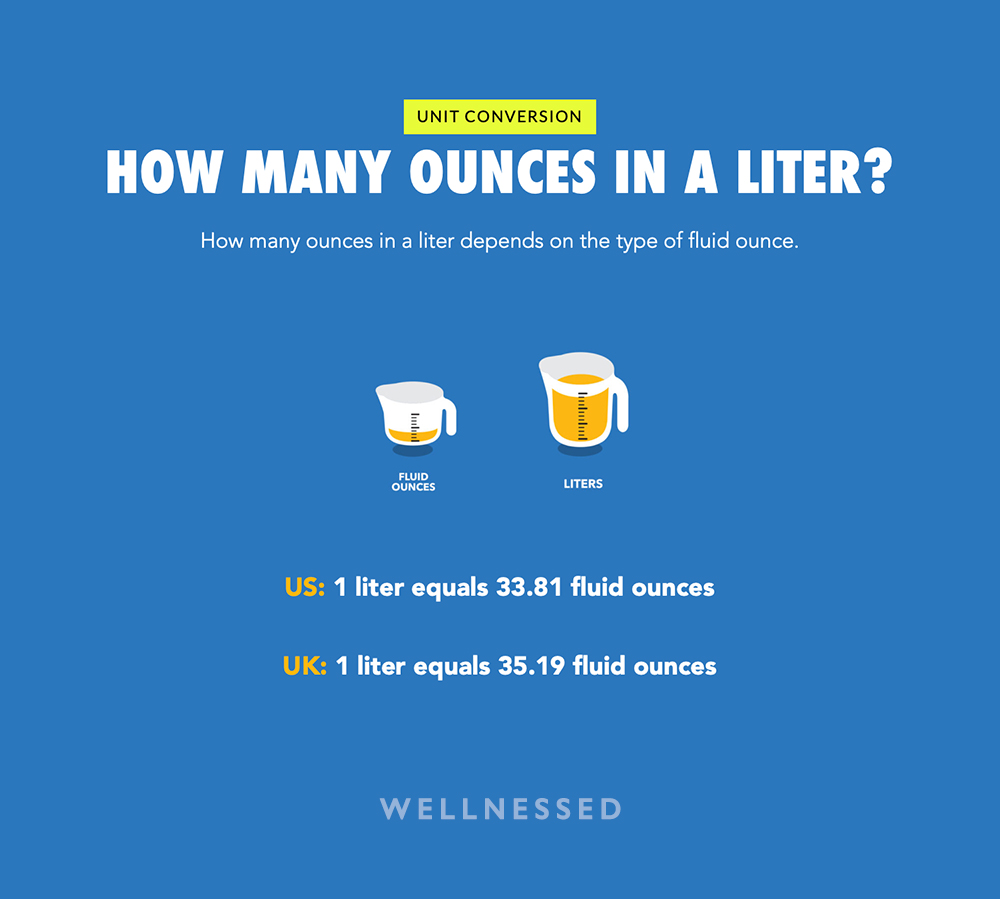
Volume conversions are not just theoretical exercises; they have practical implications in various fields. Whether you’re a chef adapting a recipe, a scientist conducting experiments, or a traveler navigating different measurement systems, understanding volume conversions is essential. It ensures accuracy, consistency, and safety in your endeavors.
For instance, in the culinary world, accurate volume measurements are crucial for recipe success. A slight miscalculation could lead to a dish tasting off or even failing entirely. Similarly, in scientific research, precise volume measurements are often the difference between a breakthrough discovery and a failed experiment.
The Future of Volume Measurements
As the world becomes more interconnected, the need for standardized measurements is becoming increasingly evident. The metric system, with its simplicity and ease of use, is gaining traction in many countries, even those traditionally using imperial or US customary units. This shift towards standardization could simplify volume conversions and make cross-cultural communication easier.
However, the transition is not without challenges. Many industries, especially those rooted in tradition, may face resistance to change. Nonetheless, the benefits of a unified measurement system are clear: enhanced international trade, improved scientific collaboration, and a more seamless global community.
Conclusion
In conclusion, understanding the conversion between liters and ounces is a valuable skill, especially in a world with diverse measurement systems. By grasping the concepts and applying the appropriate conversion factors, we can navigate these differences with ease. As we move towards a more interconnected future, a unified approach to measurements may very well become a reality, making conversions like these a thing of the past.
How many ounces are there in 1 liter exactly?
+In the imperial system, 1 liter is exactly 35.1951 ounces, while in the US customary system, it’s 33.8140 ounces. These are exact conversions, but in practical terms, we often use approximations for ease of calculation.
Why are there different conversion factors for imperial and US ounces?
+The difference in conversion factors stems from the historical development of the measurement systems. The imperial system, which originated in the United Kingdom, uses a slightly different ounce definition than the US customary system, which was developed independently.
Is it important to know the exact conversion, or can we use approximations?
+The importance of exact versus approximate conversions depends on the context. In everyday situations like grocery shopping, approximations are often sufficient. However, in scientific research or precise culinary applications, exact conversions are crucial for maintaining accuracy and reproducibility.


